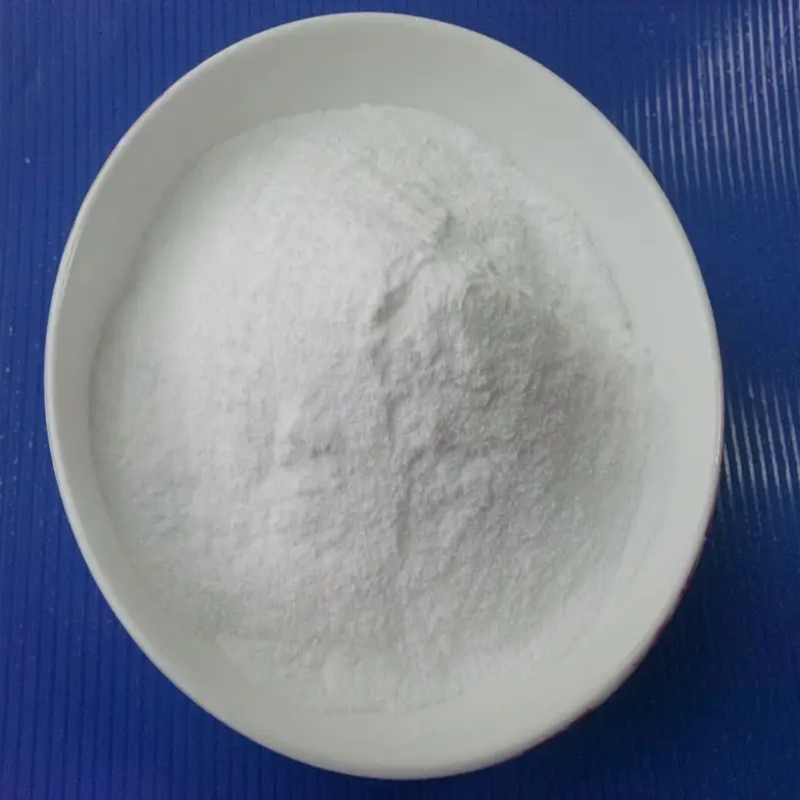-
Categories
-
Pharmaceutical Intermediates
-
Active Pharmaceutical Ingredients
-
Food Additives
- Industrial Coatings
- Agrochemicals
- Dyes and Pigments
- Surfactant
- Flavors and Fragrances
- Chemical Reagents
- Catalyst and Auxiliary
- Natural Products
- Inorganic Chemistry
-
Organic Chemistry
-
Biochemical Engineering
- Analytical Chemistry
- Cosmetic Ingredient
-
Pharmaceutical Intermediates
Promotion
ECHEMI Mall
Wholesale
Weekly Price
Exhibition
News
-
Trade Service
1 The main foreign grading method
1House-Brackmann grading method
(House—Brackmann grading system,HBGs)
It is a subjective comprehensive grading method proposed by House in 1983, and later modified by Brackmann, and the House-Brackmann grading method
The grading method is divided into six levels, I represents normal function, II.
The main purpose of this method is to comprehensively grade the patient, without grading the special details of facial function
2Fisch law
Also known as the detailed evaluation of facial symmetry (DEFS), proposed
Includes 5 observations, each with 4 evaluation options: 0% = complete paralysis, 30% = facial motor function is closer to complete paralysis in comparison, 70% = facial motor function is closer to normal, 100% = normal
The advantage of this method is that it is relatively simple and easy, including static and dynamic scoring, and distinguishes the proportion of each in the score according to the importance of the function of different parts of the face, and the scoring results are quantified and easy to compare
3Burres—Fisch law
Burres and Fisch jointly proposed an objective measurement method of facial function in 1986, called the linear measurement index (LMI), and therefore referred to as the B-F LMl classification method
The method is to set 9 points on the face according to the functional characteristics of the face, and the final score (percentage)
4 Facial nerve function index (FNFI)
Presented
5 Nottinghamsystem
Presented
6 Toronto Facial Gmaing System (TFGS)
The method was proposed by Ross Equals in Toronto, Canada in 1996 and is the latest grading law
The static symmetry score includes the evaluation of the blepharopharoplasty, nasolabial folds, and the corners of the mouth, and the total score of these 3 individual items is multiplied by 5 to make the static symmetry score
0 points for complete paralysis and 100 points for normal
In terms of TFGS design, it is a comprehensive scoring method that takes into account almost all major aspects of facial function and their role
Among the grading methods seen in the above foreign literature reports, the House-Brackmann grading method, Burres-Fisch method and Toronto classification method
Ross and other scholars have done a statistical test of the TFGS proposed by them, and the results show that the three components are relatively independent of each other, and there is no significant correlation between the scores of any two parts, but there is an equally significant correlation between the scores of each part and the overall score, thus proving the inherent effectiveness of
2 Current situation in the country
Liu Shixun proposed the facial nerve function scoring standard
in 1988.
The method is simple and easy, but the evaluation results are poor in continuity, do not reflect the actual degree of facial nerve function, and do not consider secondary damage
.
Cai Zhigang proposed the quantitative facialnerve estimate system (QVES)
in 1994.
This method combines the fixed-point method of B-F LMI with the determination method of facial nerve function index (FNFI), which seems to simplify the complex calculation of B-F LMI and expand the application range of FNFI, but the measurement and calculation of the 10 steps contained in it is actually more tedious and time-consuming, and the application is not simple, which also affects its reliability
.
These two methods have not been widely promoted and used in China and will not be described
in detail here.
3 Other methods
In addition to the above methods, in recent years, scholars have applied camera and computer systems to facial nerve function classification, trying to develop a facial paralysis assessment software system, which will help to make the classification accurate and simple, easy to operate and data retention analysis
.
Although this work is still in the research stage and is temporarily difficult to apply to the clinic, the research in this area will undoubtedly be of great help to the establishment of a unified facial nerve function classification method, which is a new research direction
with the significance of the times and application prospects.
The key issue at present is to select, determine and standardize
scientific, reasonable and unified observation points, observation contents and observation methods.
brief summary
At present, there is no uniform standard for facial nerve function classification, and there are many methods seen in the literature, most of which are House-Brackmann classification, ButTes.
Fisch and Toronto classification, and other methods are rarely used
due to their obvious defects or deficiencies 。 However, as mentioned above, although the House-Braekmann classification method is relatively comprehensive and simple and easy, it is too subjective, lacks accurate and reliable quantitative standards, the definition of intermediate levels is not easy to remember, it is easy to confuse, and there are contradictions between the definitions of individual levels, making its reliability not high; Although the Burres-Fisch method is an objective, quantitative method in the near full sense of the word, and has a high degree of accuracy and reliability, it is too complex and time-consuming, and does not take into account the impact of secondary damage such as joint banding; Toronto grading method is currently the latest comprehensive method, with more accurate quantitative scoring, better accessibility, accuracy, sensitivity, reliability and effectiveness, but the method still lacks a large number of raters to study the results of the case score to test its relevant parameters, and in its dynamic function score, the role of the selected 5 emoji actions in the score is considered equal Whether it is reasonable to study
.
In addition, in the absence of uniform standards, it is difficult to compare the effectiveness of the various grading
methods.
What is the relationship between the facial nerve function grading or scoring results and the actual degree of degeneration of the facial nerve, and how is the correlation, there is currently no control study
with the results of electrophysiological examinations such as electroneurograms.
The study of these aspects will help to test the effectiveness
of the grading method.
In summary, the existing facial nerve function classification method is difficult to be widely adopted clinically due to various degrees of defects or deficiencies, and it is still necessary to further study
the issue of establishing a unified facial nerve function classification method.







